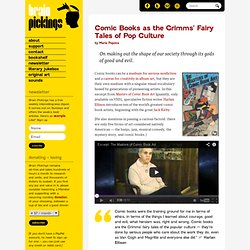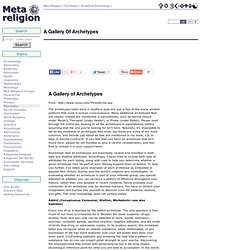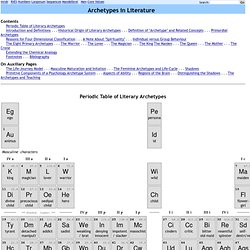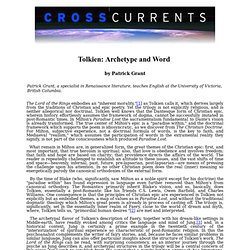

Comic Books as the Grimms' Fairy Tales of Pop Culture. By Maria Popova On making out the shape of our society through its gods of good and evil.

Comic books can be a medium for serious nonfiction and a canvas for creativity in album art, but they are their own medium with a singular visual vocabulary honed by generations of pioneering artists. In this excerpt from Masters of Comic Book Art (quaintly, only available on VHS), speculative fiction writer Harlan Ellison introduces ten of the world’s greatest comic book artists, beginning with the great Jack Kirby. (He also mentions in passing a curious factoid: there are only five forms of art considered natively American — the banjo, jazz, musical comedy, the mystery story, and comic books.)
Comic books were the training ground for me in terms of ethics, in terms of the things I learned about courage, good and evil, what heroism was, right and wrong. It’s also fascinating to hear Kirby peel the curtain on the train of curiosity behind his iconic DC Comics series New Gods: Donating = Loving. Putonahappyface. A Gallery Of Archetypes. From: The archetypes listed here in boldface type are just a few of the many ancient patterns that exist in human consciousness.

Many additional archetypes that are closely related are mentioned in parentheses, such as Hermit (found under Mystic), Therapist (under Healer), or Pirate (under Rebel). Please read through the entire list, looking at all the archetypes in parentheses, before assuming that the one you're looking for isn't here. Naturally, it's impossible to list all the hundreds of archetypes that exist, but these are some of the most common, and include just about all that are mentioned in my book, CD, or tape of Sacred Contracts. If you feel that you have an archetype that isn't found here, please do not hesitate to give it careful consideration, and feel free to include it in your support team.
Remember that all archetypes are essentially neutral and manifest in both light and shadow attributes. Addict (Conspicuous Consumer, Glutton, Workaholic--see also Gambler) Archetypes in Literature at MROB. Contents Periodic Table of Literary Archetypes Introduction and Definitions . . .

Historical Origin of Literary Archetypes . . . Definition of "Archetype" and Related Concepts . . . Primordial Archetypes Reasons for Four-Dimensional Classification . . . The Eight Primary Archetypes . . . Extending the Chemical Analogy. TOLKIEN: Archetype and Word. The Lord of the Rings embodies an "inherent morality,"[1] as Tolkien calls it, which derives largely from the traditions of Christian and epic poetry.

Yet the trilogy is not explicitly religious, and is neither allegorical nor doctrinal. Tolkien well knows that the Dantesque form of Christian epic, wherein history effortlessly assumes the framework of dogma, cannot be successfully imitated in post-Romantic times. In Milton's Paradise Lost the sacramentalism fundamental to Dante's vision is already transformed. The true center of Milton's epic is a "paradise within," and the doctrinal framework which supports the poem is idiosyncratic, as we discover from The Christian Doctrine. For Milton, subjective experience, not a doctrinal formula of words, is the key to faith, and Mediaeval "realism," which assumes the participation of words in the extramental reality they signify, is not part of the consciousness which produced Paradise Lost.
I The Archetypes You will give me the Ring freely!
Carl Jung - Archetypes - Animus.